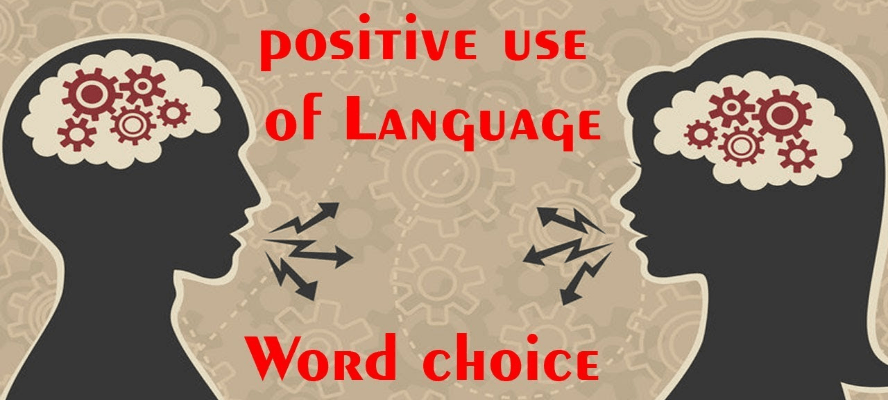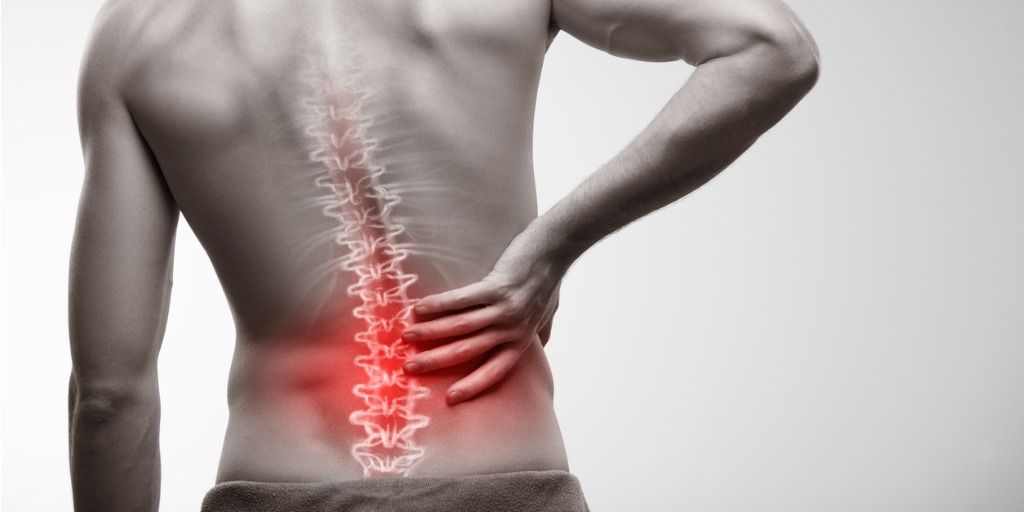How does your language affect someone’s return to life and return to work?

How often do we hear that our words and language have an impact on people in everyday life and in a clinical rehabilitation setting? All the time, right?
Which is why as an Exercise Physiologist helping people with returning to everyday activities and work, it is vital that the appropriate language is used from the initial consult and reinforced during supervised exercise rehabilitation sessions.
Recurrent and persistent lower back pain is a common thing to see in individuals on a day-to-day basis as an Exercise Physiologist. Modern research knowledge suggests individual’s pain beliefs have a strong effect on their pain experience and management. Research suggests that most individuals with lower back pain believe traditional causes such as biomechanical and anatomical are the reason for their symptoms. The findings of the study support a complex and thorough approach to shifting understandings of lower back pain beyond biomechanical and anatomical causes to consider other factors.
A cross-sectional survey completed by Setchell et al 2017 illustrated that 89% of people with persistent lower back pain report their negative beliefs were learned from health professionals. The above finding reinforces that language does play a powerful role in an individual’s return to work, life and their initial beliefs and expectation regarding their injury and their recovery.
So, what do we need to do? Whilst clinicians often recognise the importance of psychosocial factors it has been found that we can still focus too frequently on the mechanical/anatomical cause of pain over the psychosocial factors of lower back pain. Therefore, it is important that during an initial assessment that the psychosocial understanding of painful conditions such as lower back pain is consistently reflected in the beliefs of individuals and reinforced during supervised sessions.
Recent best practice guidelines reflect that understanding and addressing these pain beliefs is an important component of reducing the burden of lower back pain, shifting understandings of lower back pain beyond mechanical/anatomical causes to consider psychosocial factors that can prolong recurrent lower back pain. Having a consistent focus on a number of factors and providing education to an injured individual early on with positive language can play a big role in an individual’s life. Language is important.
Jason Peschke
Accredited Exercise Physiologist (AEP, AES) (ESSAM)
Setchell, Jenny & Costa, Nathalia & Ferreira, Manuela & Makovey, Joanna & Nielsen, Mandy & Hodges, Paul. (2017). Individuals’ explanations for their persistent or recurrent low back pain: A cross-sectional survey. BMC Musculoskeletal Disorders. 18. 10.1186/s12891-017-1831-7.




